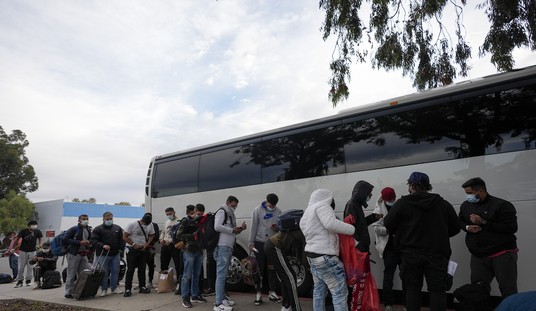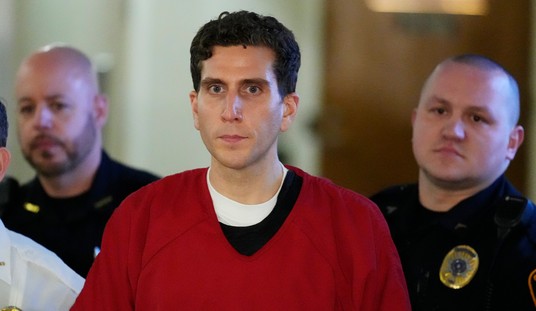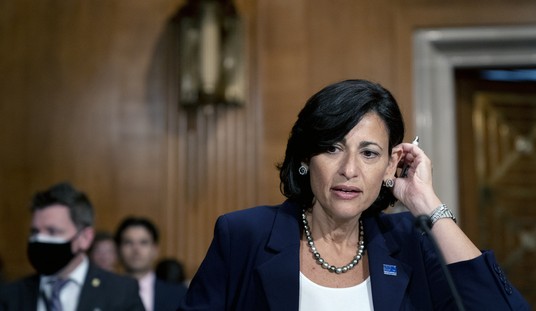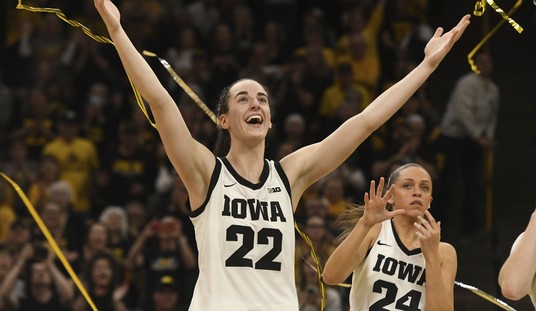We already know what it is, but it’s encouraging to see America’s most influential newspaper pinpoint it. The first step is admitting you have a problem. If the Times thinks it’s time to be less fussy about prioritization in the name of expanding access, certain blue-state governors are destined to start feeling that way too.
Columnist David Leonhardt warns that the fetish for “equity” is costing lives:
A common problem seems to be a focus on process rather than on getting shots into arms. Some progressive leaders are effectively sacrificing efficiency for what they consider to be equity.
The European Union has taken a ponderous, risk-averse approach that tries to avoid upsetting its member countries, Kauffmann points out. Similarly, many U.S. states have delegated decisions to local health officials and have suffered from “confusion and competition among localities,” William Galston of the Brookings Institution has written. State leaders in Alaska and West Virginia have taken a more top-down approach, Elaine Povich of Stateline has reported.
Some blue states have also created intricate rules about who qualifies for a vaccine and then made a big effort to keep anybody else from getting a shot. These complicated rules have slowed vaccination in both California and New York.
Bureaucracy and hypervigilance about making sure that the most vulnerable communities get the vaccine first means that “sophisticated” blue states are dragging their feet compared to rural reds like Alaska. It’s not that liberal states are uniformly bad. For instance, New Mexico is third out of 50 in percentage of the population that’s gotten its first dose whereas Alabama is 50th. Likewise, Wyoming is in the bottom five of states in terms of the percentage of their existing supply that they’ve dosed out so far.
It’s more a matter of progressive states not being particularly good at getting their populations vaccinated, a black eye for the party of big government. New York and California are middle of the pack in terms of supply used thus far. Among the top 10 states by share of the population that’s received one dose, only three — New Mexico, Connecticut, and D.C. (which isn’t a state) — traditionally vote Democratic. The Party of Science™ is supposed to be good at this. They aren’t. “[T]his is the problem with wokeness,” writes Karol Markowicz. “Everything else becomes dumber because of it, even medicine.”
The world leader remains Israel, which has now delivered at least one dose to 60 out of every 100 Israelis. (I take it that means some 40 percent of the population has had its first shot while another 20 percent is fully vaccinated.) They’re also in the grip of a surge in cases due to the highly contagious UK variant of the virus spreading among the population. How are the people who’ve been vaccinated standing up to that? Uh, pretty awesomely, according to the data:
As of Thursday, only 254 individuals out of the 416,900 who were already a week after the second Pfizer shot – the time where the immunity is considered to kick in – got infected with the virus, the organization reported. Moreover, those who were found to be positive only had light symptoms, with just four of them being hospitalized, all of them in light condition…
Over the same period of time, some 12,944 new cases of COVID-19 emerged in the control group of some 778,000 people having a diverse health profile…
From a segmentation of the infections that did occur, it appears that the immunity increases as the days go by. Among the 254 people who contracted the virus, 76 of them were infected after seven days, 44 on the eight day, and 24 on the ninth day. Between day 22 and 24 – when the test period ended – no one was infected.
Another way to frame that:
Every now and then, media innumeracy is dangerous. This is one of the cases.
In fact, 99.98% were Covid-free after 10 days. 0.02% had mild symptoms. @bopinion would only be right if 100% of the control group had caught Covid in eight days. The actual number was 0.22%. https://t.co/nnpuDdvGHj
— Carl T. Bergstrom (@CT_Bergstrom) February 5, 2021
Could Israel be a fluke? Probably not:
Gibraltar has vaccinated an even high proportion of its population than Israel and wow look at that! pic.twitter.com/GTqpU4PZ0G
— Keith Humphreys (@KeithNHumphreys) February 5, 2021
The Pfizer and Moderna vaccines are so freakishly effective that — brace yourself — epidemiologists are starting to sound optimistic about people getting together for fun sometime this summer, assuming we ever get our act together and start immunizing two or three million people per day:
So by the time summer arrives, we'll have way more vaccines than people
Including for kids — they'll likely get vaccinated over summer if not prior
That's supply. What about distribution?
Distribution problems were real in Dec/Jan
They are largely getting fixed
2/3
— Ashish K. Jha, MD, MPH (@ashishkjha) February 5, 2021
Next couple of months may be very tough (because of variants)
But by mid-spring, things will start looking better
And even by summer, some things won't be "normal" like large indoor gatherings
But backyard BBQs among vaccinated friends/family?
Safe and effective
End
— Ashish K. Jha, MD, MPH (@ashishkjha) February 5, 2021
The next vaccination in the pipeline for approval is Johnson & Johnson’s one-shot product, which is 72 percent effective against the virus initially — but potentially 100 percent effective after day 49. J&J filed an application for emergency-use authorization with the FDA just this morning. The FDA hopes to hold a meeting to consider the application by, uh…
The FDA will hold an advisory committee meeting to discuss the J&J COVID-19 vaccine candidate on Feb. 26
— Ariel Cohen (@ArielCohen37) February 5, 2021
Three weeks feels like a very long time when 3,500 people per day are dying from COVID. The FDA’s defenders point out that that’s no longer than Pfizer had to wait for its own approval, which is fine. But let’s be real: What are the odds that the FDA *won’t* approve Johnson & Johnson’s vaccine given the urgent public need for it? Sure, conceivably they’ll find some very worrisome wrinkle in the data suggesting that the product is less effective or more dangerous than advertised, but … how likely is it? Does this really need three full weeks of review, knowing that J&J will be liable to tens of millions of people potentially if their product doesn’t work as it was supposed to? Hard to believe we can’t move faster than this, even knowing that vaccine approval is typically a matter of months, not weeks. It’s a national emergency. We need the vaccine tomorrow, not in March.








Join the conversation as a VIP Member